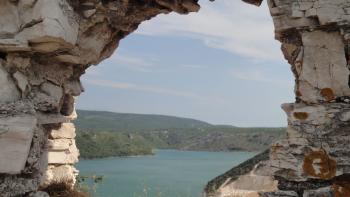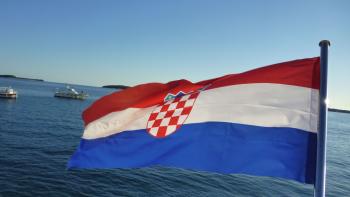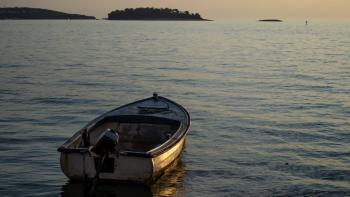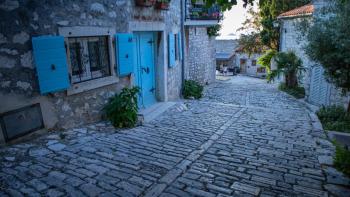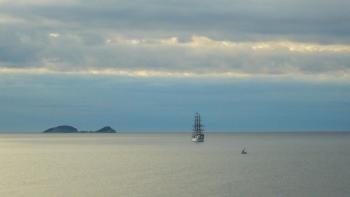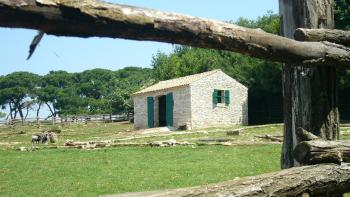
Which countries are Croatia’s main competitors in holiday real estate? It is Spain, especially Majorca island, as its coastline resembles Croatian but connectivity and general infrastructure are considered to be better. On the other hand, Greece, especially Corfu island, becomes a competition when we talk of the ecological environment. When we look at prices, we see that Croatia is more affordable than both of these locations in a segment of newly built villas of 350.000 – 600.000 eur that can not be so often found on the seashore on Corfu and Majorca. Besides, Croatia is offering mainland properties in the cenetr of Europe within 3-5 hours by car from Austria and Germany which is a great advantage.
It should be noted that being a young member of the European Union, Croatia is still not ranked high among member states and is often taken as a country of socialist background with outdated facilities. This is a mistaken concept indicating complete ignorance and lack of information. During the last 5-7 years Croatian has made huge progress: highways are among the best in the EU, and hospitality and catering industries have highly developed historically. The country is extensively building modern shopping malls and outlets like LIDL, KONZUM, BILLA, PLODINE, and other giant chains in every town. The growth of retail market reflects an increase in population incomes and higher budgets of visitors and tourists.
What is peculiar about the Croatian real estate consumer market? It is very close to the investment tourist market since apartments are often bought for further renting out. Up to 80% of coastal dwelling purchases are of second home type, holiday properties closer to the sea. EU buyers can freely lease their apartments and houses in Croatia which brings 6-8% per annum through booking, and Airbnb short-term touristic rentals. Practically no apartments are rented on a long-term basis to students or relocated employees. The long-term rental market is non-existent in the coastal areas. Summer tourism means everything. As a result, residential developments by the sea are sold out at the stage of construction for further renting. Most residences with 4-8 apartments are sold out within half a year after receipt of a building permit, well before completion. It means that the buyers who intend to buy for themselves either purchase some remaining units or properties remote from the coastline. To have a good choice they have to invest in their future home at an early stage of construction when there is just a land plot or the foundation. They pay for the location, not for final quality.
The Ministry of Tourism of Croatian Republic in 2017 announced a report that is more than encouraging: 18,5 mln tourists visited Croatia in 2017, and it is approximately 13% higher than in 2016. Total number of overnights demonstrated 12% growth in 2017. That brought an income of more than 11 billion euros to the Croatian tourist industry which remains locomotive of the Croatian economy. Tourism defines what and where to construct in Croatia. Croatian hotels are among the most wanted and sought after ‘cause the Croatian coastline offers unique opportunities for seafront hotel placement. We are witnessing rising interest of investment funds towards hotel acquisition in Croatia. Large hotel operators are desperately looking for hotels in Croatia for long-term rent or rent-to-buy, and we have to state that it is much easier to buy a hotel in Croatia than to rent it. The rental concept is not very popular as current demand allows hotel owners to sell hotels quickly with a good margin.
Adrionika can state that the demand for properties in Split, Podstrana, and Trogir areas exceeds the offer, same for Dubrovnik center.
Colliers International was writing in its report on the 2016 development in the real estate market in Croatia: “Inspired by the economic growth and yield pursuit Croatian real estate market recorded high investment volumes in 2016, continuing the upward trend which started in 2015. Investors were largely focused on prime properties in the retail and hotel sectors which led to yield compression. The hotel and retail sectors also saw the majority of new developments in 2016”.
Adrionika specialists assure us that this tendency will continue to be strong in 2018.
